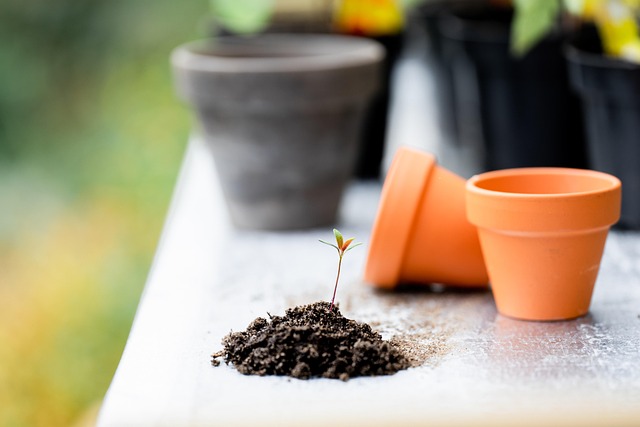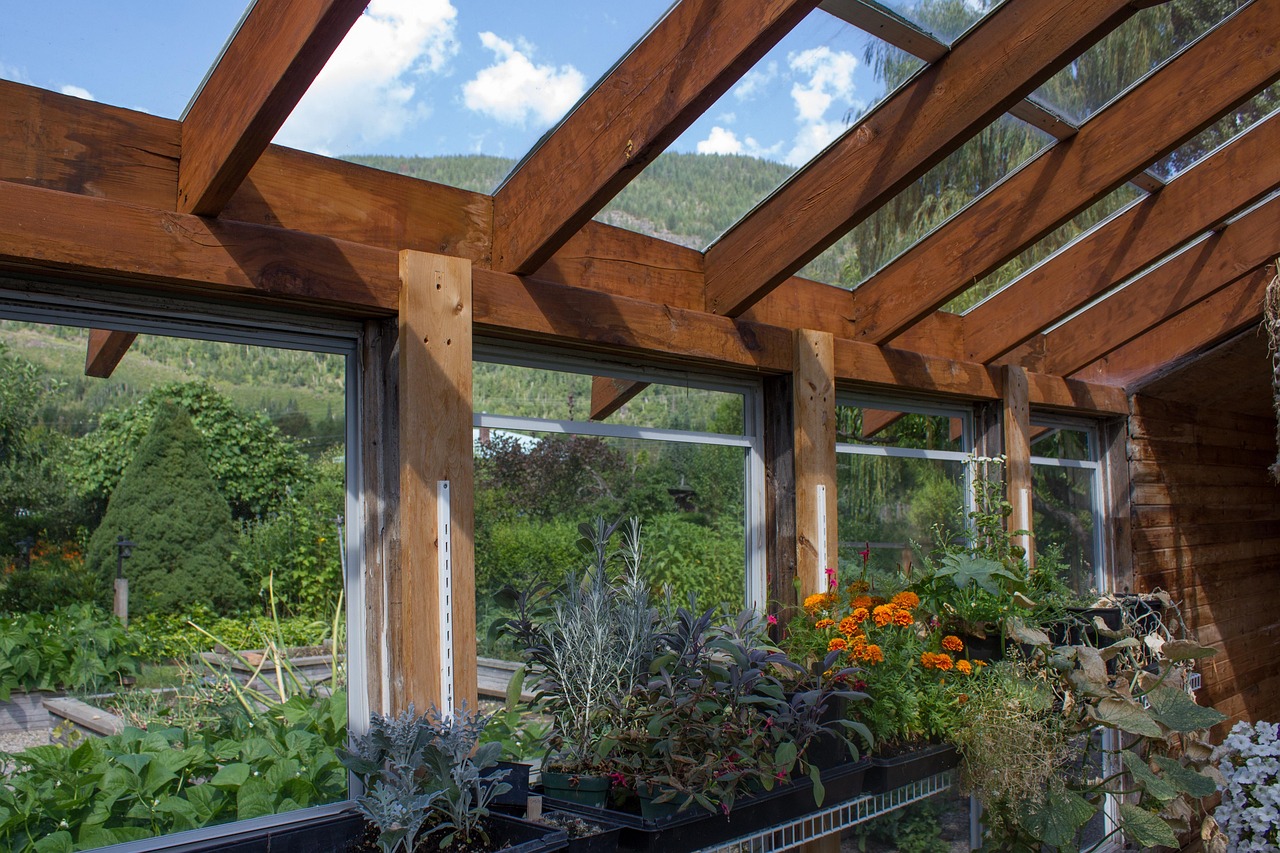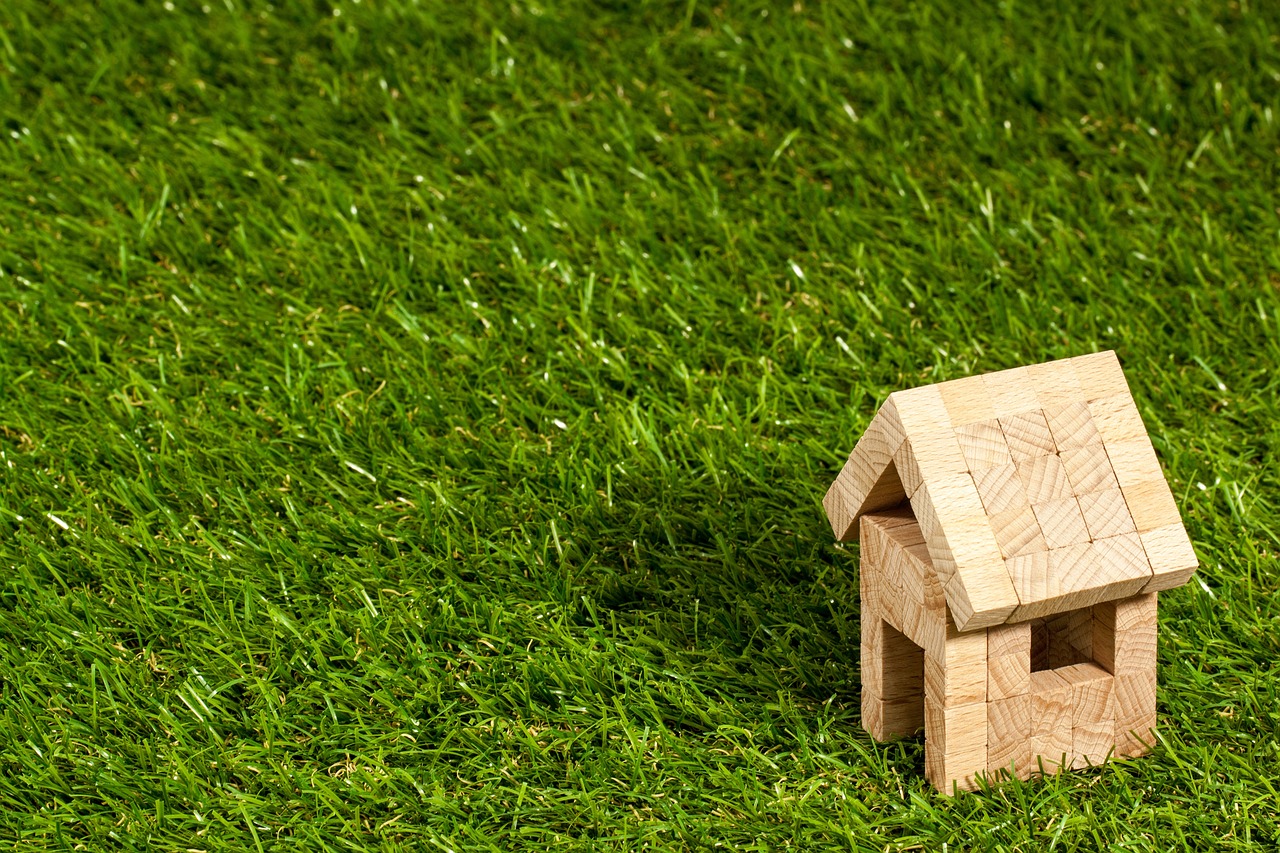Let’s have a little chat about slow gardening today. Talking with friends and clients, I’ve noticed there’s a bit of a misunderstanding about exactly what it is and how it should fit into your daily life!

It’s not just a trendy phrase or something for those lucky enough to have acres of land — slow gardening is something anyone can embrace, whether you’ve got a tiny balcony or a sprawling backyard.
If you’re always rushing around and even those moments when you’re not late for something, you still feel like you’re in a hurry, this “concept” might just help you.
It’s about finding a bit of calm in the chaos, a way to reconnect with nature without the pressure to have everything perfect or done yesterday.
What exactly is Slow Gardening?
It’s not really about planting things slowly … one day preparing the soil, another day sorting out the tools, another day digging a hole, planting and covering on a different day, watering a bit, and so on.
That might be part of it, not quite lazy but it can be part of it… but the concept itself isn’t exactly that.
The real idea behind it all is that you need to respect something that’s not under your control and never will be.
Not even the seasons are precise, let alone the weather (especially nowadays). How many times has your weather app said it’ll be sunny all day and it ends up cloudy or drizzling?
These weather models are exactly that! models. So, all this is to say that the garden needs to be allowed to happen; it goes at its own pace and most of what happens to it won’t be under your control.

Leaves will wilt, stems will bend, flowers will fall …. all when the garden decides.
One of the biggest challenges with slow gardening is learning to let go of control. It’s tempting to want to micromanage every plant, every weed, every inch of soil, but sometimes the best thing you can do is step back and watch. Gardens are living, breathing things with their own rhythms and quirks. Accepting that can be surprisingly freeing.
There’s no point in buying plug plants just because you saw somewhere that it’s essential. Nor in using that super ultra mega hyper fertiliser at 7:48 PM on the 30th of the month on your begonias so they don’t disappear (they won’t!!)
Accept that “mulching” is just a fancy word for “throwing compost on” and hoping for the best!
Super Technical Bit (For the Nerds)
“The slow gardening methodology aligns with principles of ecological succession, whereby anthropogenic intervention is minimised to allow autochthonous flora to establish symbiotic relationships with mycorrhizal networks, thus reducing the need for exogenous inputs whilst promoting biodiversity.”
Or in Normal People Talk:
Stop messing with stuff, plants have known what they’re doing for centuries… The more you interfere, the more you’ll end up crying over a tray of dead seedlings…
Another thing to keep in mind is that slow gardening encourages biodiversity. By working with nature rather than against it, you invite all sorts of helpful critters into your garden …. bees, ladybirds, worms .. all doing their bit to keep things healthy. It’s like having a little ecosystem right outside your door.
Let it be….
So, slow down! Let things happen in their own time, try to mitigate what you can, and live all that goes on there!
Go have a coffee and notice that one single shoot that’s appeared! Only one, but so what, that’s its moment — celebrate it!
Give a light tidy-up to some weeds and treat yourself to a biscuit with your coffee, don’t pressure yourself to get everything out quickly or use some product to clear it all at once… take your time, little by little, enjoying every moment, achievement, and mistake!
Remember, as Grandma would say:
if you stop and look at your garden and everything’s clean and tidy, you’re doing it all wrong!
– Grandma!



